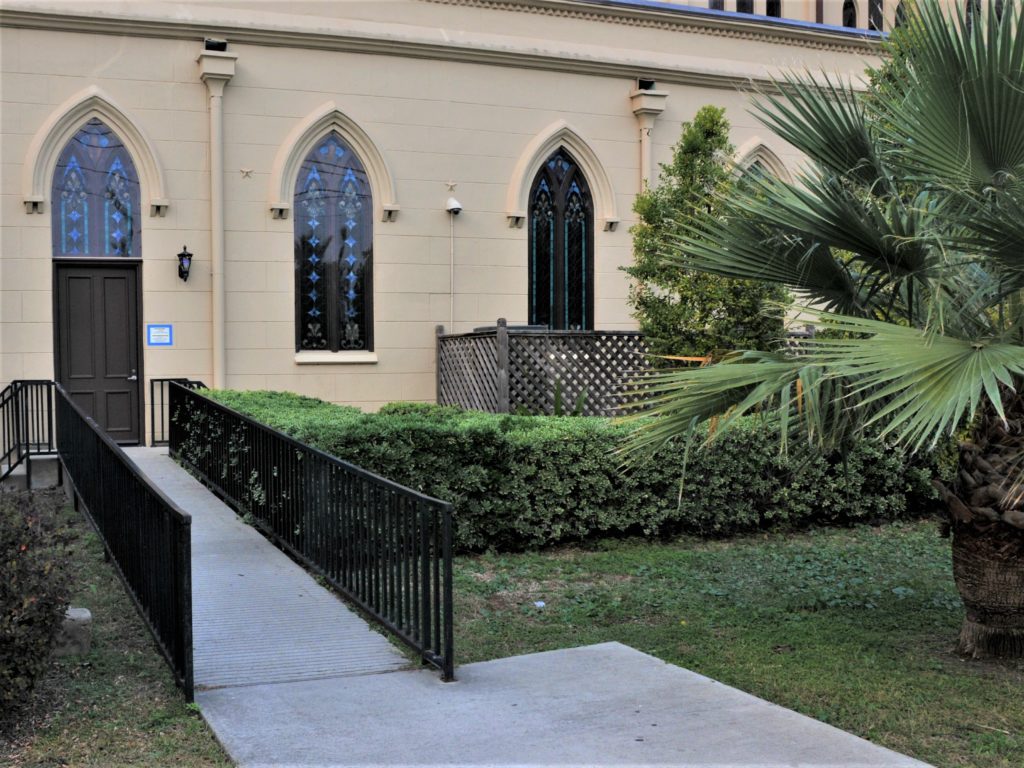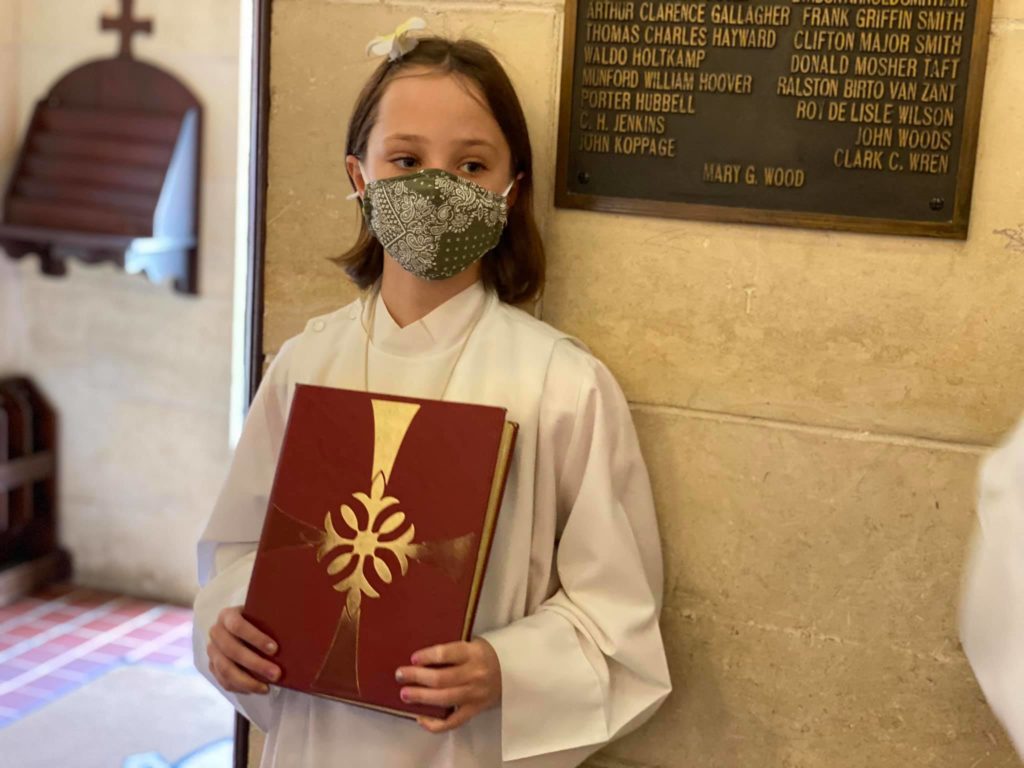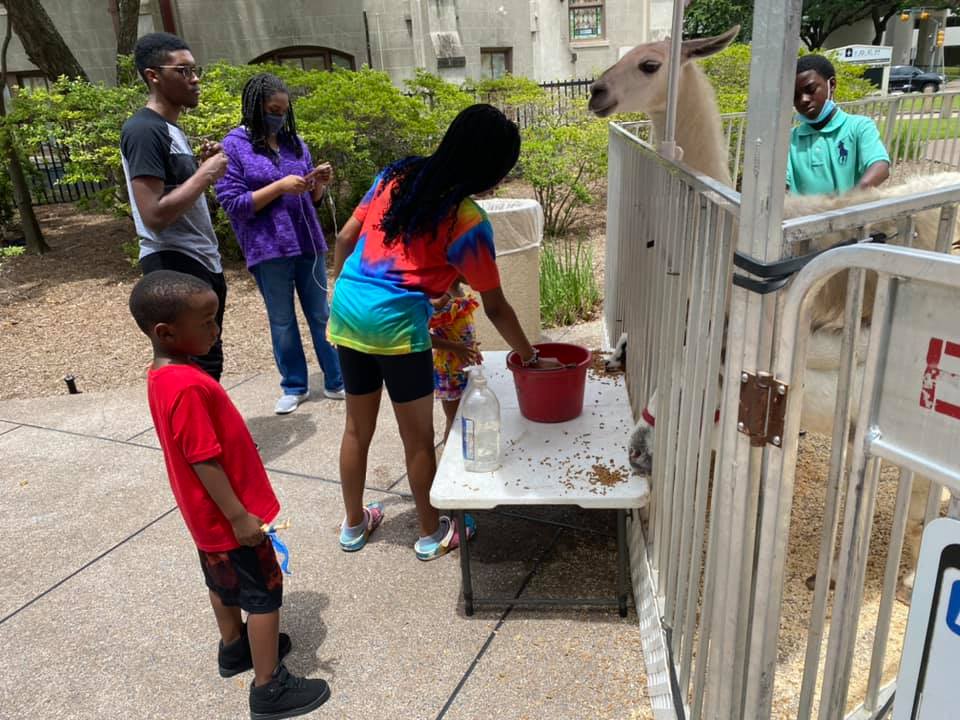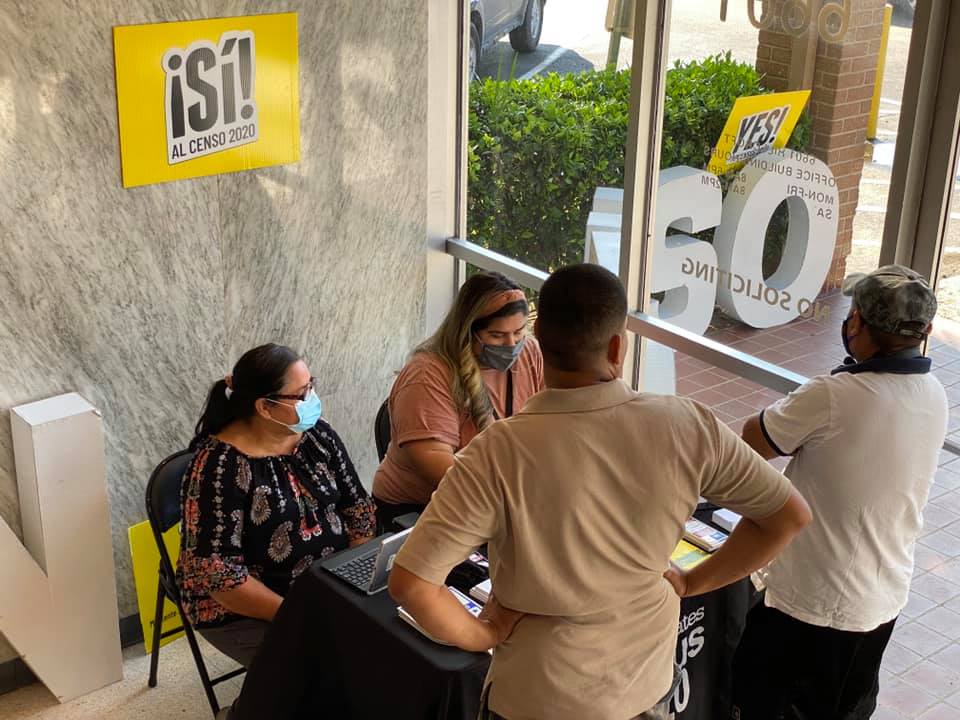How We Chose Our Case Studies




We looked at a series of factors to decide whether a house of worship would be one of our nine case studies. Factors required for a sacred place to become a case study include:
Project sponsor Texas Historical Commission made this a requirement. The commission would also accept buildings that are certified eligible for the National Register.
Our funding source required us to focus the research to properties in counties most impacted by 2017’s Hurricane Harvey.
From there, we narrowed it down to Galveston, Harris, and Victoria counties. These three counties have more National Register properties than others.
Plus, we have partner organizations in those three counties who are eagerly assisting the project.
Including hurricane, tornado, flooding, etc.
The project’s goal is to make each building physically stronger, so the building’s users can better-help their neighbors in times of disaster.
The engineering analysis component of the project cannot happen unless our team has access to drawings.
After we looked at the above required factors, we took steps to make sure the case studies included enough variety in terms of:
- Architectural style
- Construction type
- Building age
- Building condition
- Changes over time
- Size and square footage
- Denomination
- Distinctive characteristics, unique history
- Local significance
- Possible environmental vulnerabilities either on property or nearby
Image credits: Photo of church exterior taken by UTSA-CCS personnel. Photos of congregation members and/or guests courtesy of Antioch Missionary Baptist Church and Trinity Midtown in Houston.
How We Chose Our Case Studies
We looked at a series of factors to decide whether a house of worship would be one of our nine case studies. Factors required for a sacred place to become a case study include:
Project sponsor Texas Historical Commission made this a requirement. The commission would also accept buildings that are certified eligible for the National Register.
Our funding source required us to focus the research to properties in counties most impacted by 2017’s Hurricane Harvey.
From there, we narrowed it down to Galveston, Harris, and Victoria counties. These three counties have more National Register properties than others.
Plus, we have partner organizations in those three counties who are eagerly assisting the project.
Including hurricane, tornado, flooding, etc.
The project’s goal is to make each building physically stronger, so the building’s users can better-help their neighbors in times of disaster.
The engineering analysis component of the project cannot happen unless our team has access to drawings.
After we looked at the above required factors, we took steps to make sure the case studies included enough variety in terms of:
- Architectural style
- Construction type
- Building age
- Building condition
- Changes over time
- Size and square footage
- Denomination
- Distinctive characteristics, unique history
- Local significance
- Possible environmental vulnerabilities either on property or nearby




Image credits: Photos of congregation members and/or guests courtesy of Antioch Missionary Baptist Church and Trinity Midtown in Houston.